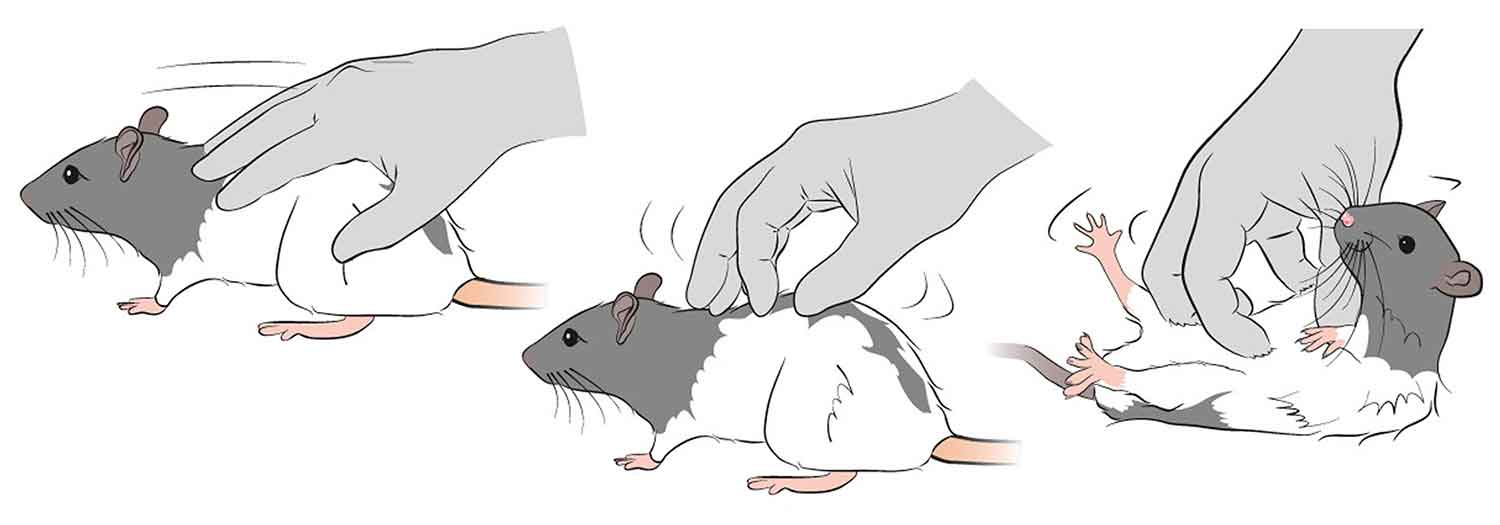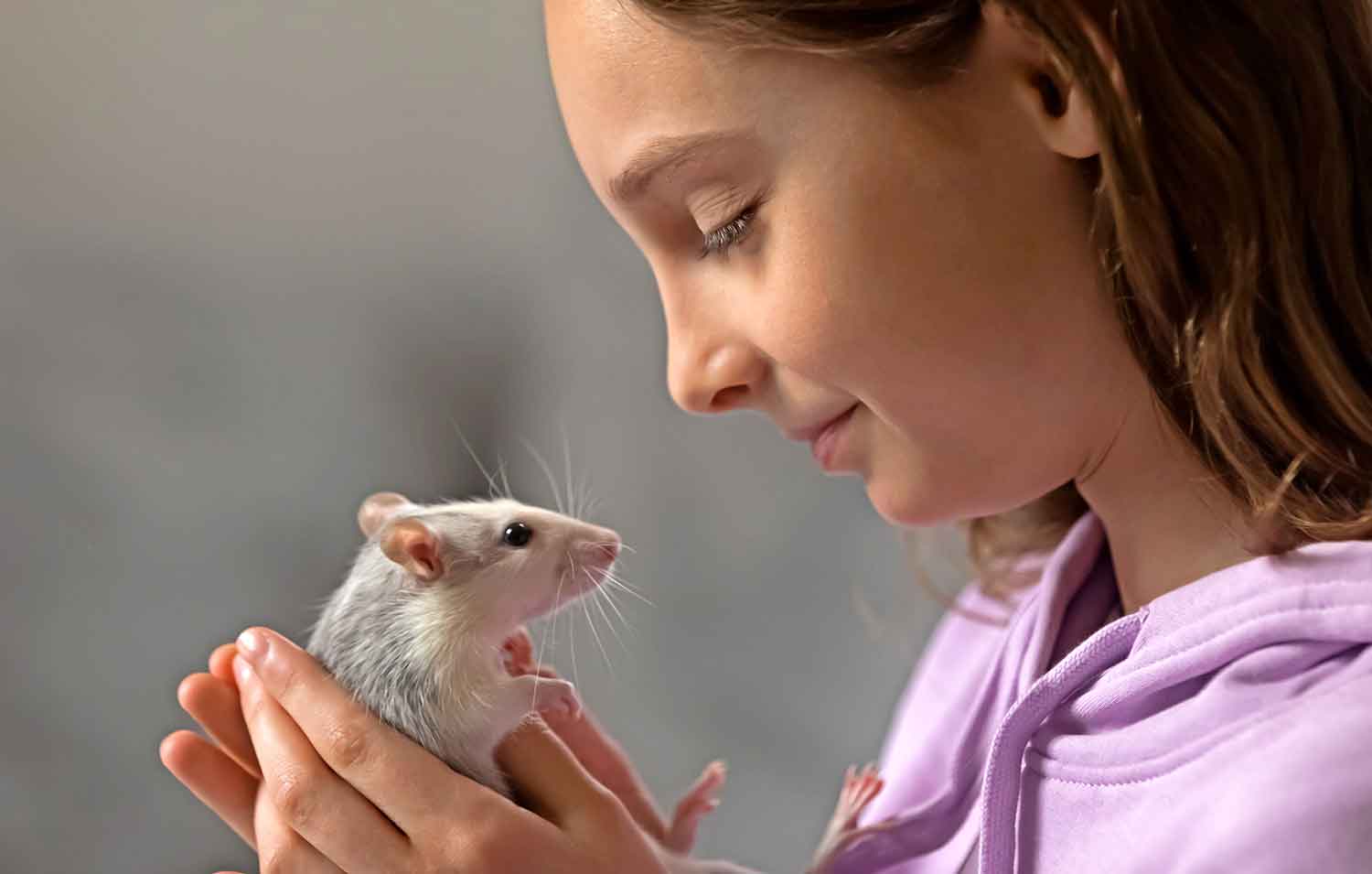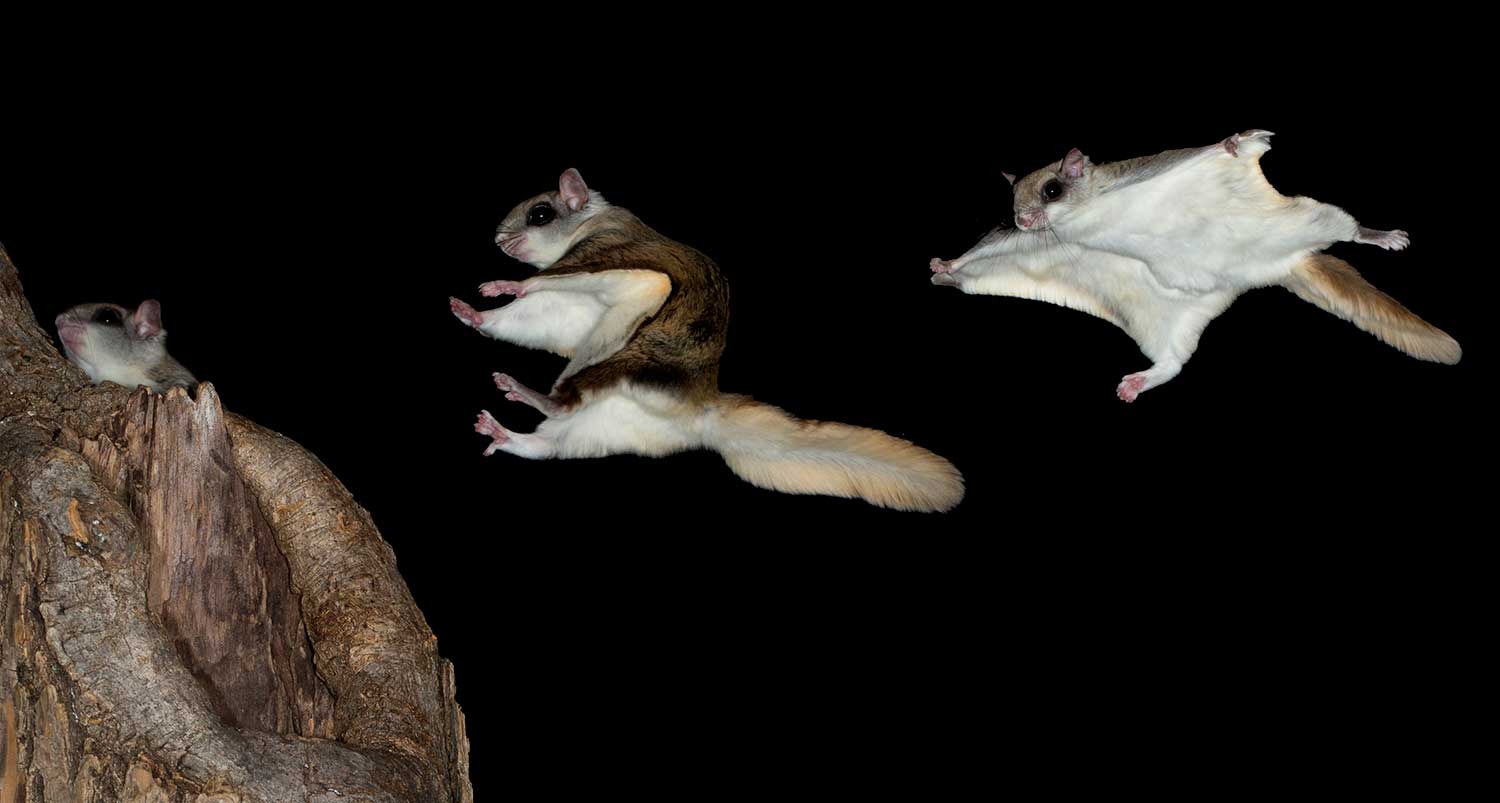Do Rats Like to be Tickled?
Researchers tickled rats to learn more about how animals respond to playful situations.

© Gloveli, SImonnet, Tang, et. al. “Play and tickling responses map to the lateral columns of the rat periaqueductal gray”. July 28, 2023.
Humans aren’t the only animals that play. Dogs play, many birds play…and even rats play. In a recent study, researchers wanted to learn more about how animals’ brains are linked to their love of play. So, they tickled rats.
Researchers at Humboldt University in Berlin, Germany, played with and tickled rats on their backs and bellies while observing the animals’ brain activity. They found that if the rats were in a good mood, they actually enjoyed being tickled. There were a couple of signs that the rats were having fun. For one thing, they would seek out more tickling by chasing the hand that had just tickled them. In addition, a microphone enabled researchers to hear the rats making playful chirping sounds that they compared to human giggles.
Scientists found that when the rats were stressed, they didn’t giggle as much in response to the tickling. Previous studies have shown that humans who are stressed also giggle less in response to tickling because (even though some of the laughter is involuntary) they’re not enjoying it.
Scientists think that learning about play and why it’s important could help expand their understanding of how the brain adapts to difficult situations. And knowing what sparks joy in the brain could be helpful in treating certain conditions, such as anxiety and depression.


